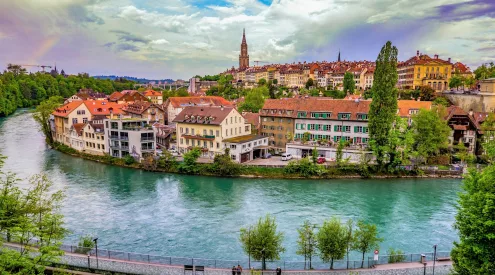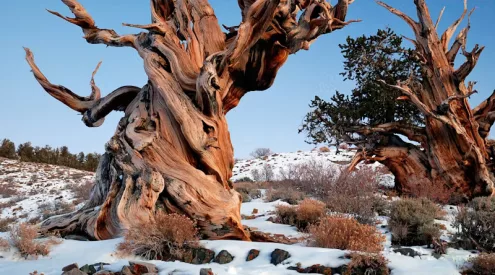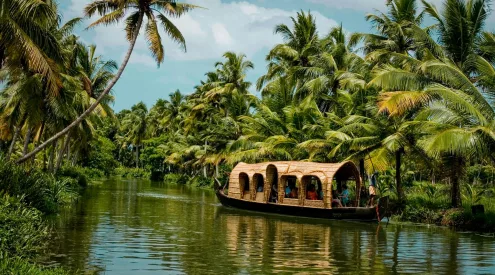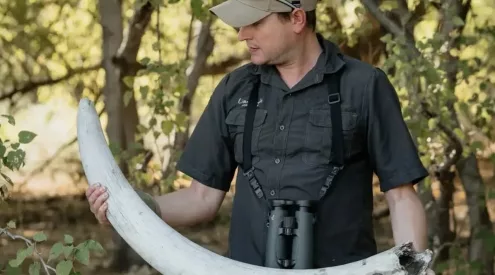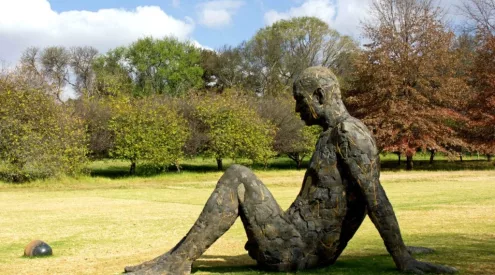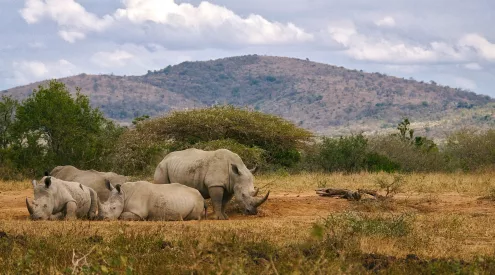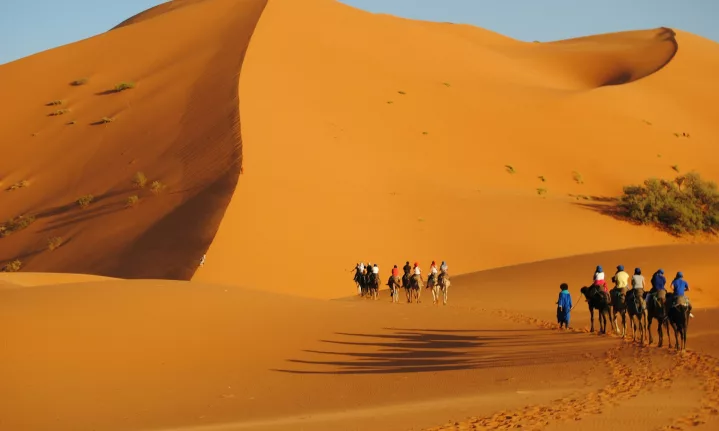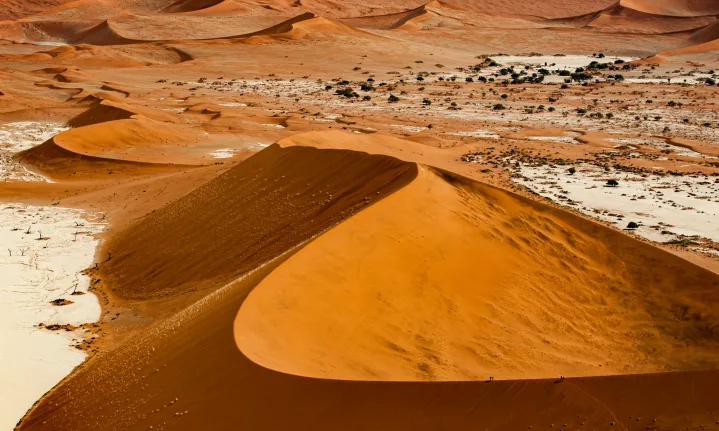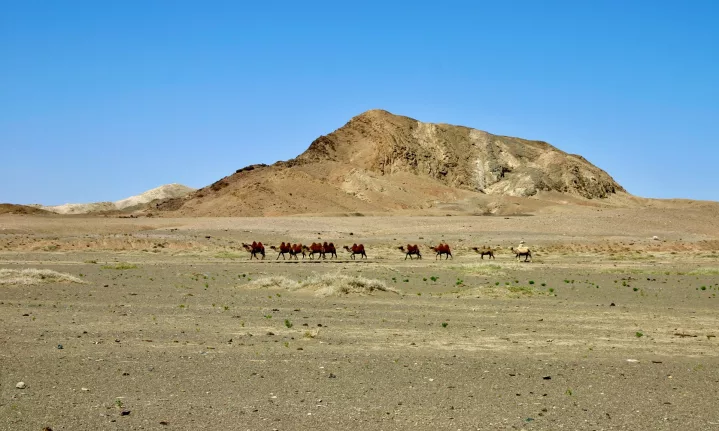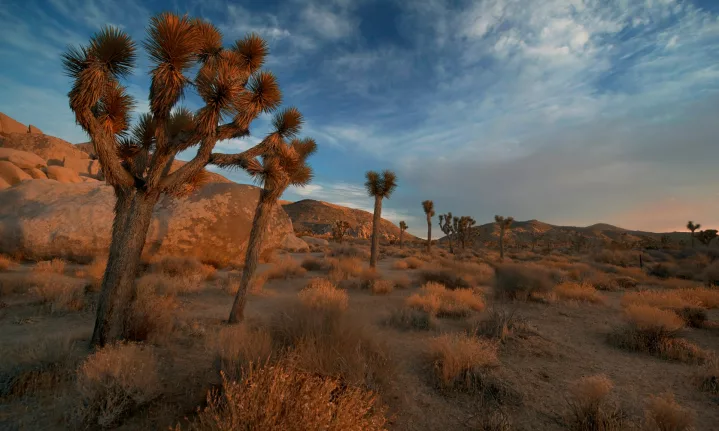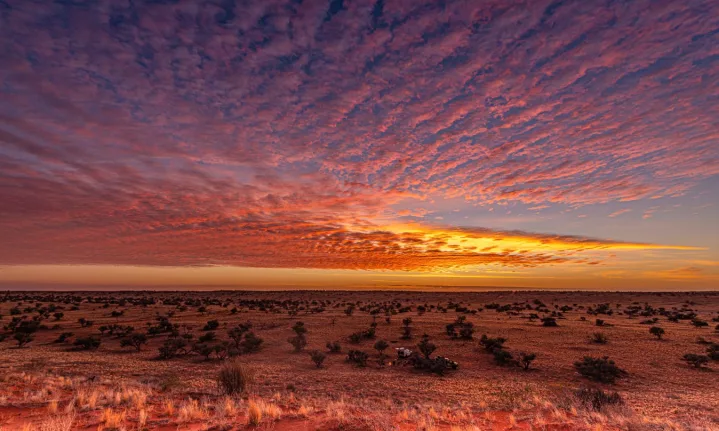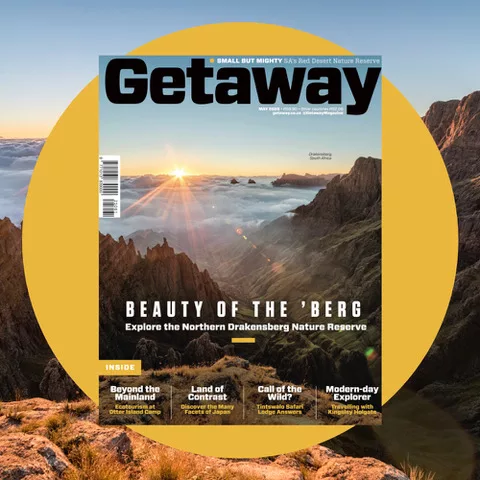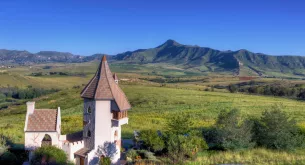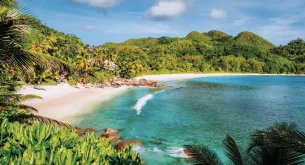Deserts tend to be misunderstood and most would feel like they are barren spaces, but they are places that have been sculpted over time by wind and weather patterns into inspiring forms of nature.
From the red dunes of Africa to the salt plains of South America, here are the deserts that don’t just dominate maps—they define continents.
The Sahara – Africa

Graphe Tween/Unsplash
Covering over 9 million square kilometres, the Sahara is the largest hot desert in the world and the third largest desert overall—and perhaps the most iconic. Stretching across 11 countries in North Africa, it’s a place of epic scale and equally epic stories.
The Sahara is more than a backdrop for camel caravans and mirages; it’s home to resilient cultures, such as the Tuareg, Berber, and Bedouin, whose traditions continue to thrive in this harsh yet hypnotic landscape. The Tuareg, a semi-nomadic group known for their salt caravans and distinctive blue veils, are the region’s best-known people.
The Namib – Africa
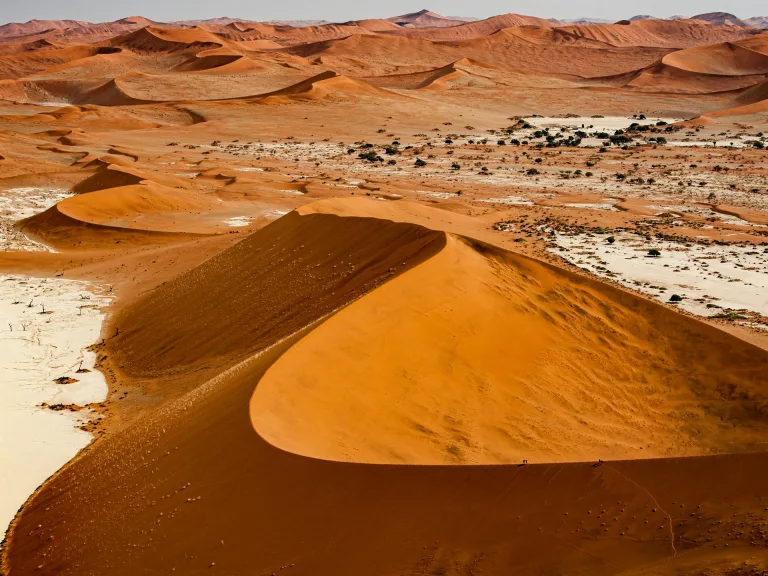
Katsuma Tanaka/Unsplash
Estimated to be over 55 million years old, the Namib is a true elder of the Earth. Stretching along Namibia’s coastline, its beauty lies in its contrasts—crimson dunes, white salt pans, and fog-shrouded mornings rolling in from the cold Atlantic.
This desert hosts one of the planet’s most surreal sights: Deadvlei, a white clay pan dotted with centuries-old camelthorn trees, preserved in the dry air like skeletal art installations. The desert is also home to uniquely adapted wildlife—from oryx and ostriches to beetles that harvest moisture from fog.
Atacama Desert – South America
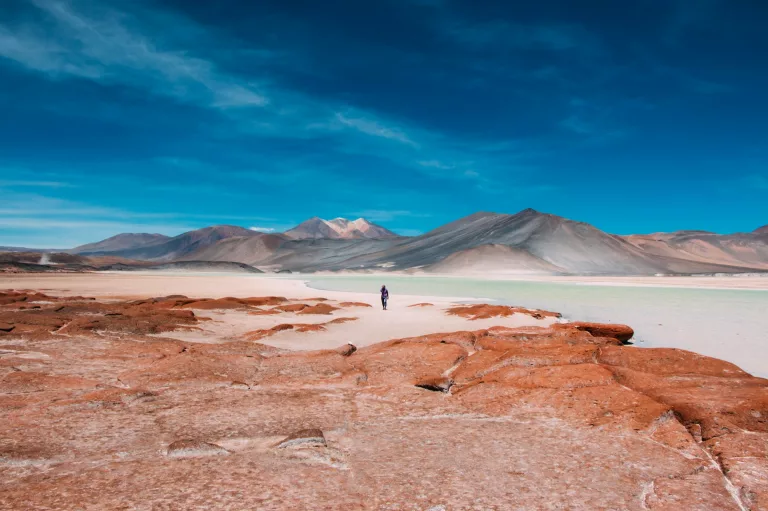
Diego Jimenez/Unsplash
Straddling Chile’s northern edge, the Atacama is officially the driest non-polar desert in the world. Some weather stations here have never recorded rain. But what the Atacama lacks in water, it makes up for in wonder.
Salt flats shimmer in the midday sun, flamingos flock to mineral lagoons, and geysers spout steam into the chilly morning air. The desert’s high-altitude plateau and crystal-clear skies make it one of the best places on Earth for stargazing—astronomers from across the globe come here to peer deep into the cosmos.
ALSO READ: These Cape Town hiking trails will be reopening soon
The Gobi – Asia
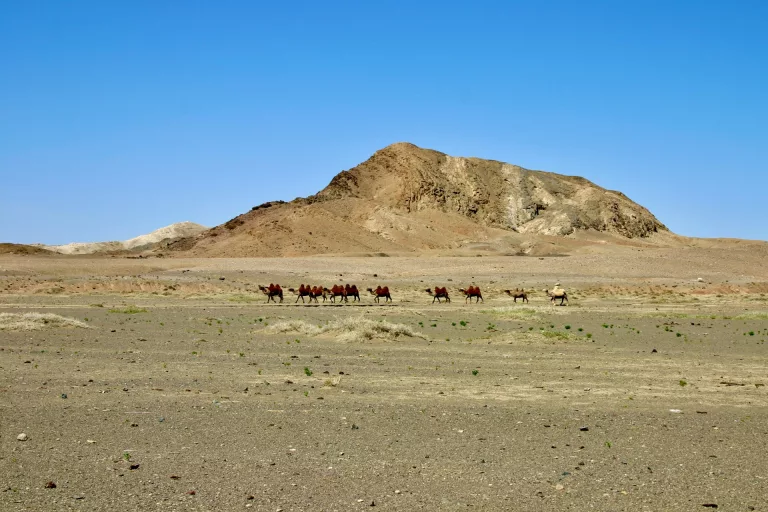
Peter Burdon/Unsplash
Unlike its hot-weather counterparts, the Gobi Desert in Mongolia and China is a cold desert, where snow occasionally dusts the dunes. It’s a place of contrasts—rocky plateaus, steep canyons, and rolling sands where wild camels still roam.
This desert played a pivotal role in Silk Road trade routes, and today, its silence is punctuated only by the wind or the occasional call of a herder’s song. The Gobi is also a palaeontologist’s dream: the first dinosaur eggs were discovered here, and fossil hunters still find surprises buried in its soils.
Arabian Desert – Middle East

Picture/Euro News/Canva
Dominating much of the Arabian Peninsula, this desert encompasses the Ar-Rub’ al Khali or “Empty Quarter”—the largest continuous sand desert in the world. It is a realm of extremes, where golden dunes tower like ocean waves and temperatures soar.
Despite its name, the desert is far from empty. Ancient incense trade routes, Nabataean ruins, and Bedouin traditions reveal a rich human history. Modern marvels like Dubai and Riyadh have risen from their edges, blending high-tech visions with timeless terrain.
The Mojave – North America
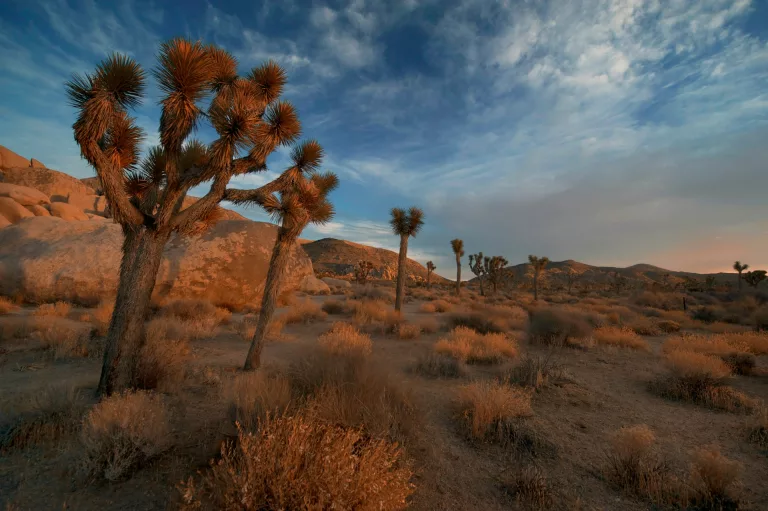
Frank McKenna/Unsplash
Located in the southwestern United States, the Mojave is a desert of dramatic dualities. Towering Joshua trees dot the alien landscape, while ghost towns and bohemian communities add cultural grit.
Death Valley, the lowest and hottest point in North America, sits within this region—yet life thrives here. From the springtime bloom of desert wildflowers to roadrunners darting across dusty trails, the Mojave pulses with hidden life.
Simpson Desert – Australia
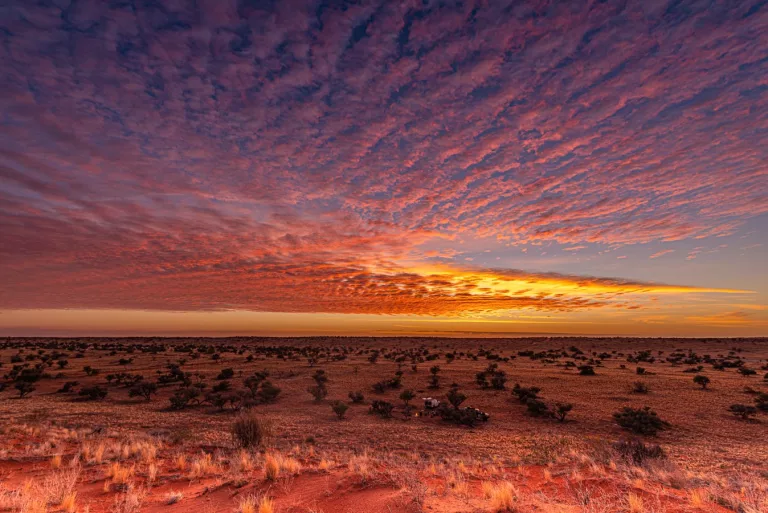
Picture/Simpson Desert campsite/Pentax Forums/Dave Macquart
This remote desert in central Australia is known for its endless red dunes and vast silence. Unlike the iconic Outback image of cracked earth, the Simpson is subtly alive—grasses sway, lizards skitter, and the occasional dingo makes an appearance.
It’s also home to ancient Aboriginal songlines—cultural pathways that crisscross the land, rich in stories, spirituality, and survival skills honed over tens of thousands of years.
Follow us on social media for more travel news, inspiration, and guides. You can also tag us to be featured.
TikTok | Instagram | Facebook | Twitter
ALSO READ: Ten bucket-list hikes across Africa that fly under the radar

